Change Your Game - Sketch a Sports Invention
by SparkLab_SI in Teachers > 5
582 Views, 1 Favorites, 0 Comments
Change Your Game - Sketch a Sports Invention
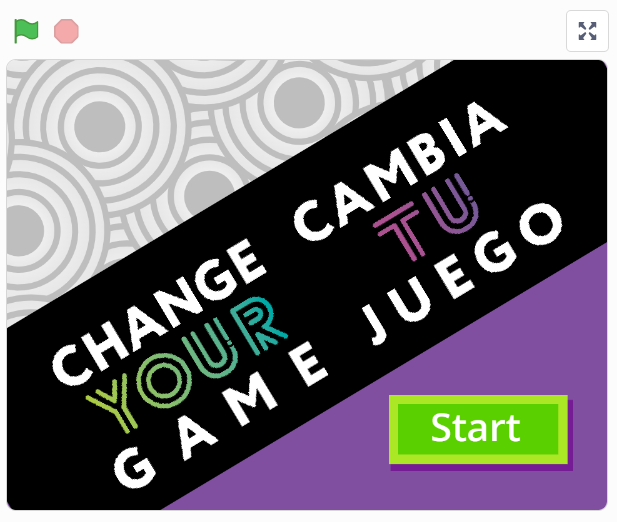
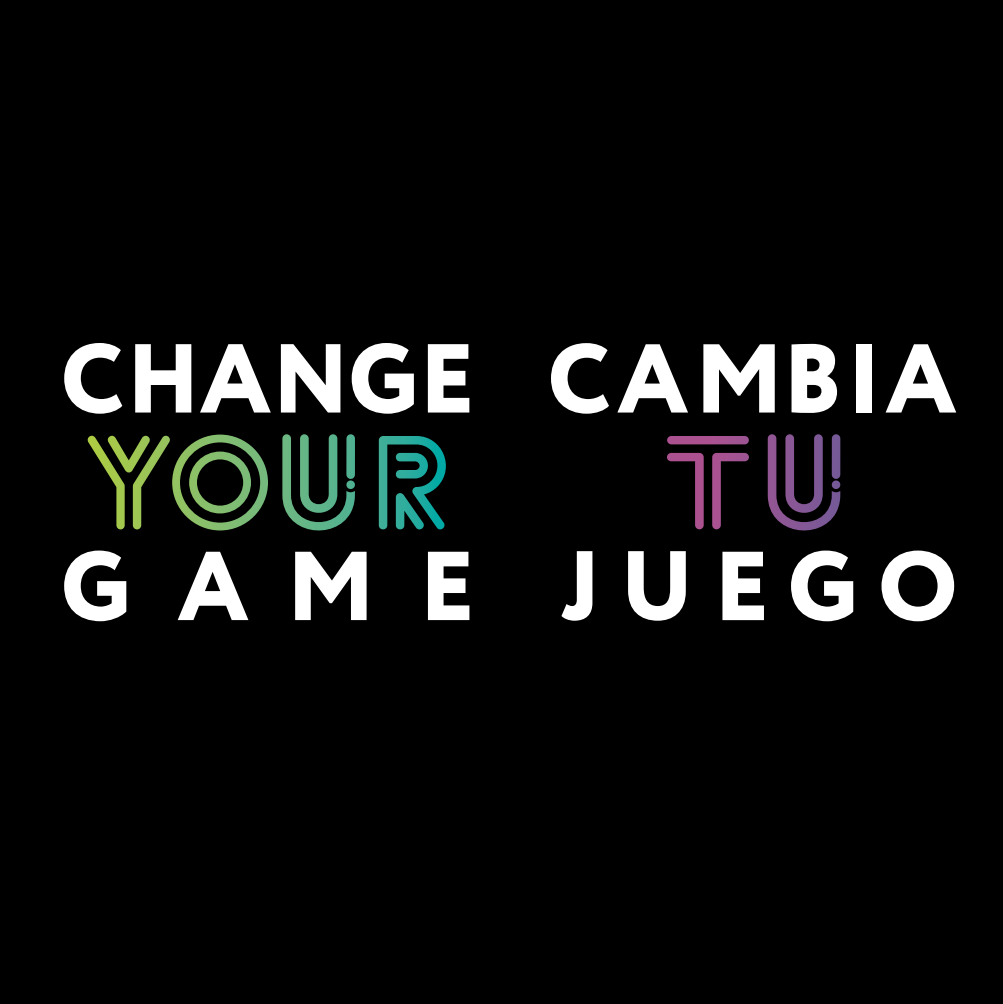
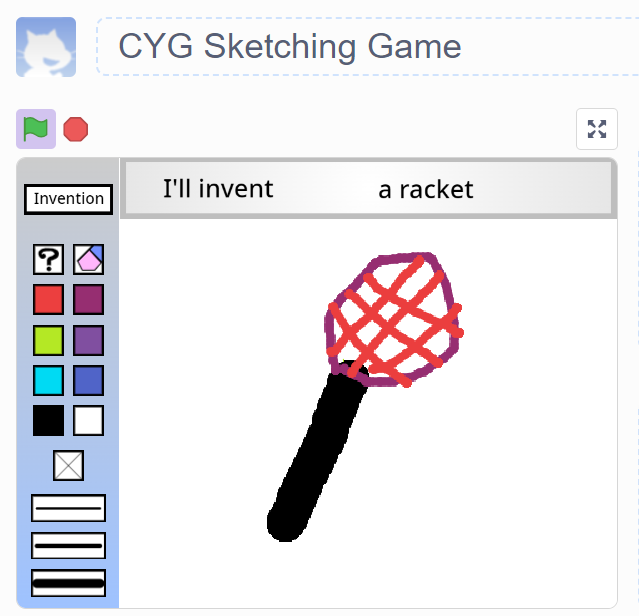
Welcome to Spark!Lab digital. This is an online invention space where you get to be the inventor. There are no wrong answers Think like an inventor: how does your design work in an innovative way?
Using a program created with Scratch you can use a virtual pallet to sketch a sports invention. You will then be challenged to build a prototype of it using simple materials.
Supplies
- inventive creativity
- Internet access
- Link, located in this Instructable, to the Scratch "Sketch a Sports Invention" program created by Spark!Lab.
- Simple materials for taking your sketch further
Invention Is a Process
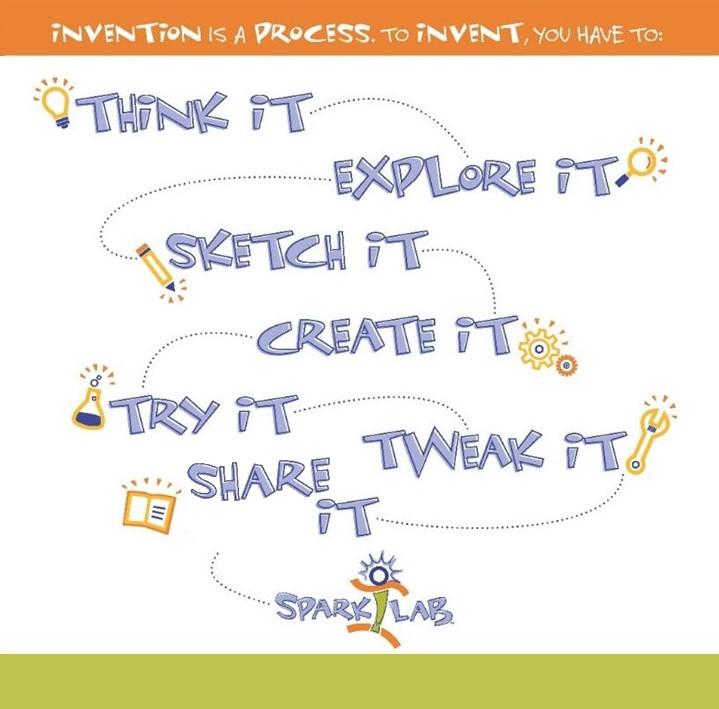
There are just two things to keep in mind as you sketch your sports invention:
1. The invention process is not always linear, but inventors engage in these steps in some form or another:
- Think it: Have a great idea for an invention
- Explore it: Investigate inventions and ideas of the past
- Sketch it: Draw pictures and diagrams to figure out how your invention might work
- Create it: Build a prototype or model of your idea
- Try it: Test your invention
- Tweak it: Keep improving your idea
- Sell it: Market your invention to people who might buy it
2. We also know everyone is inventive — and we do mean everyone! Today, you become the inventor. You will try new ideas, take risks, and learn how to keep going when things don’t go as planned.
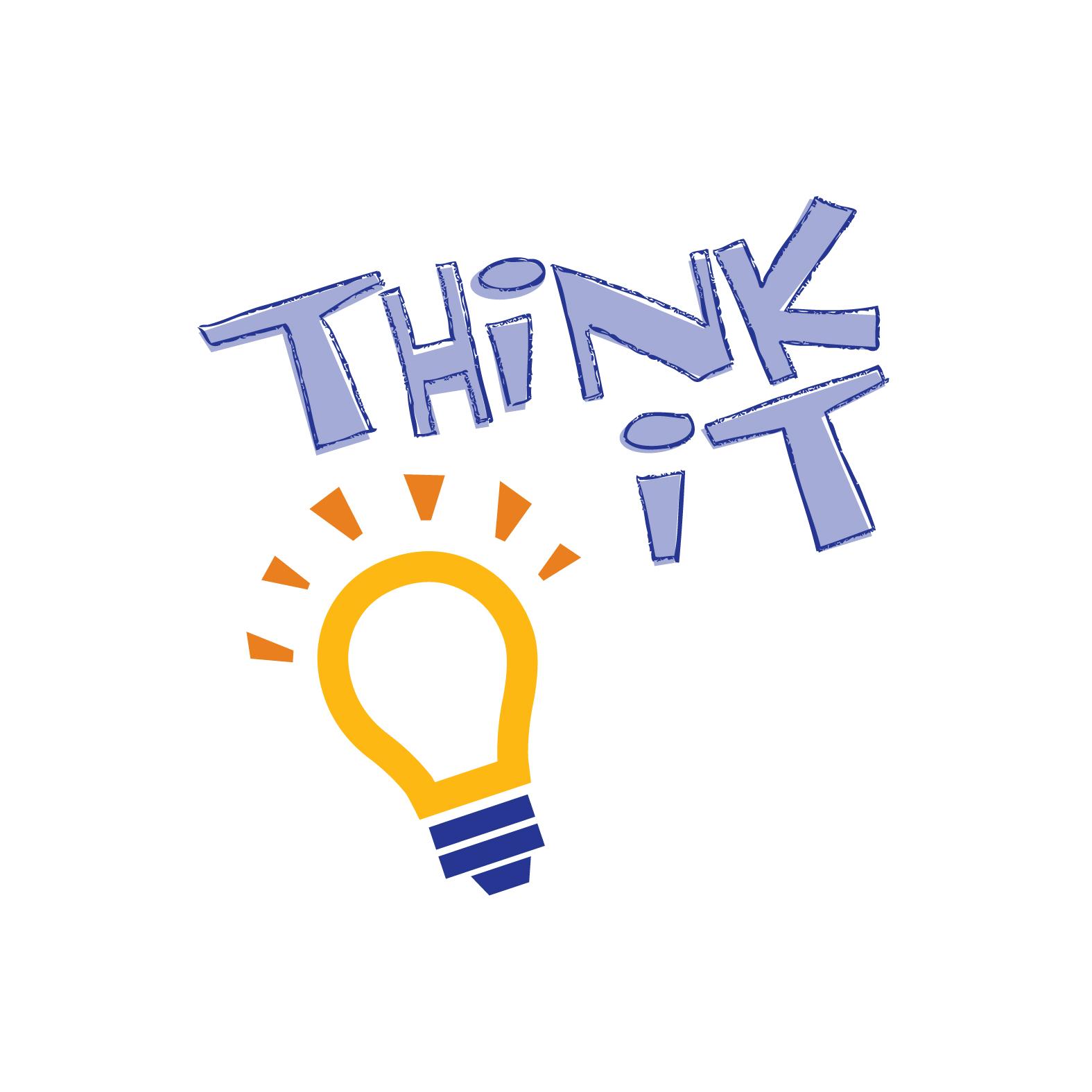
The first step of the invention process is to "think it." This involves identifying a problem you would like to solve, a spinner in the Scratch "Sketch a Sports Invention" program will give you your invention challenge.
Once you have an invention challenge you can ask yourself, "What will my invention look like? How will I use my sketch to communicate my idea? How will my idea improve what currently exists?
Here are some things you may want to think about while sketching your idea.
How would use your invention? What would it be made of? How will I use colors and shapes to show describe my invention? How will your idea be new and different?

The next step of the invention process is to "explore it.” Inventors ask: “How have inventors solved this problem in the past?” and then conduct research to learn more about the problem they want to solve or to understand solutions that already may exist. They learn from what others have already tried and make sure that their solutions are new or different.
Explore the links below as part of your inventive path:
Find out about some young inventors who are working to change things in their world.
Explore how sketches can be a great way to communicate your inventive thinking.
Read about how the Spark!Lab team at the Smithsonian has tweaked ideas to overcome challenges.
Take a look at some patent models that inventors used to help share their ideas.
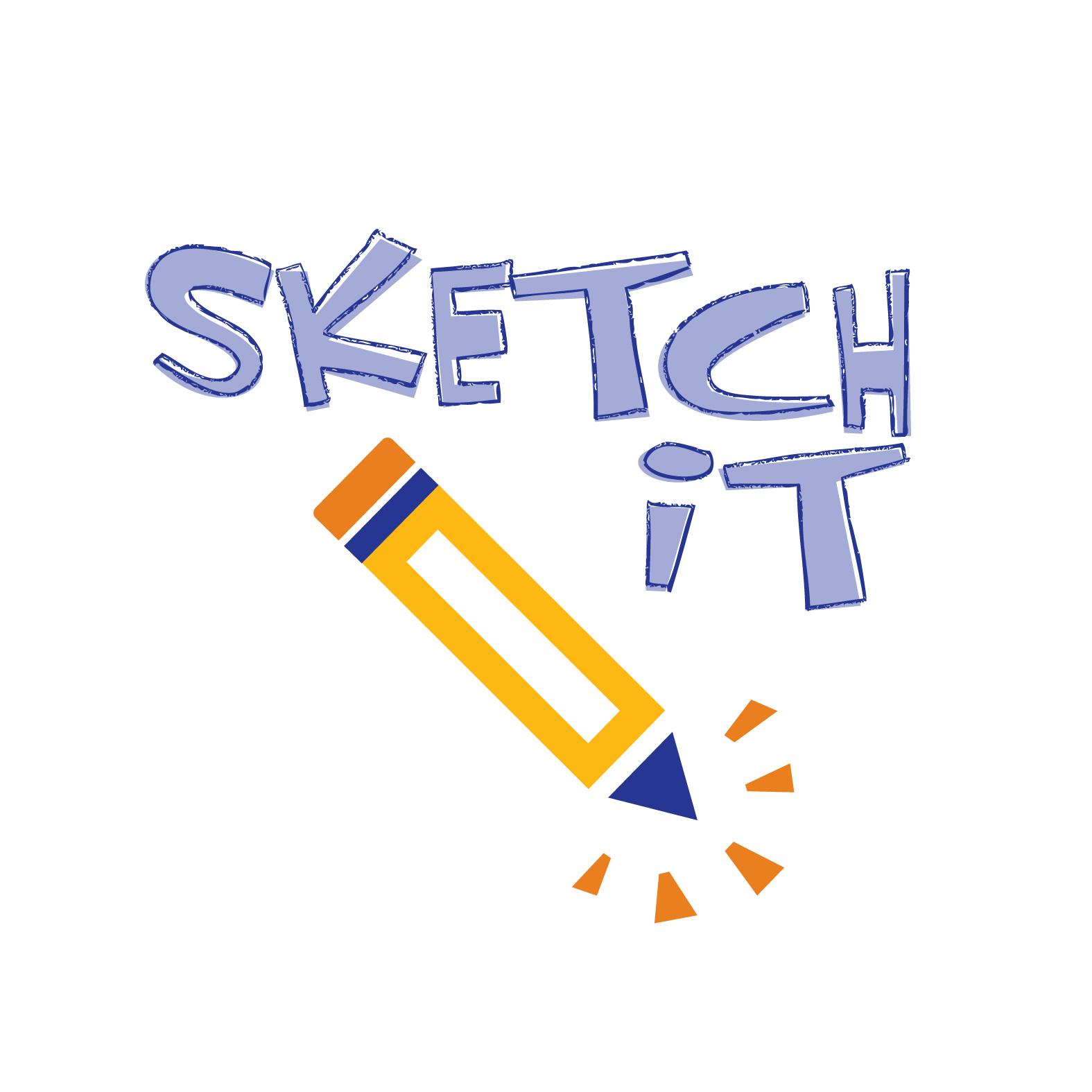
Inventors use sketching as a way to organize their ideas.
Drawing an idea allows inventors to imagine what their invention might look like and how it will work.
Remember! Inventors rarely get it right on the first try. You may need to undo and re-do your invention as you continue to think through how you want to solve the problem or what your invention should look like.
Click here to go to the Change Your Game "Sketch a Sports Invention" challenge on Scratch.
Once you have created your design, move on to the Create It step.
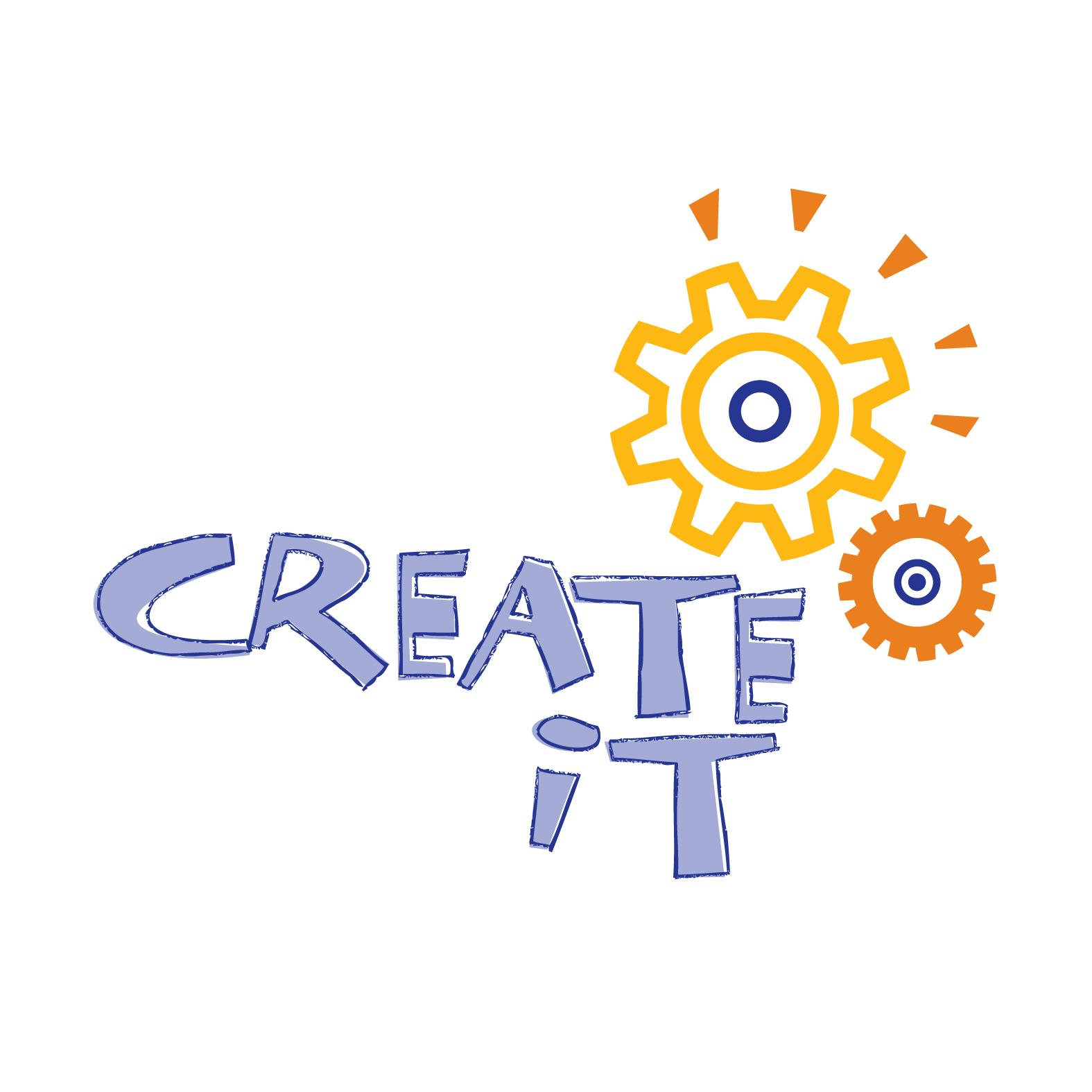
Now it is time to build a prototype of your invention idea. In this step, inventors get to see their idea turn into something real. Building a model can help you learn about any issues there are with their invention design. Your prototype will help to show the size, shape, and features of your invention.
Important Note: Prototypes do not need to be working or full scale models!
Look around your house to see what items you can use to create your prototype. In Spark!Lab we often use cardboard, paper clips, chenille stems, craft sticks, straws, markers, colored paper, tape, and wire but, you can use anything you have at home! Not sure where to start? Try checking for office supplies and art materials or look in your junk drawer, the recycling bin, or even your backyard.
Once you have created your prototype, move on to the Try It step.
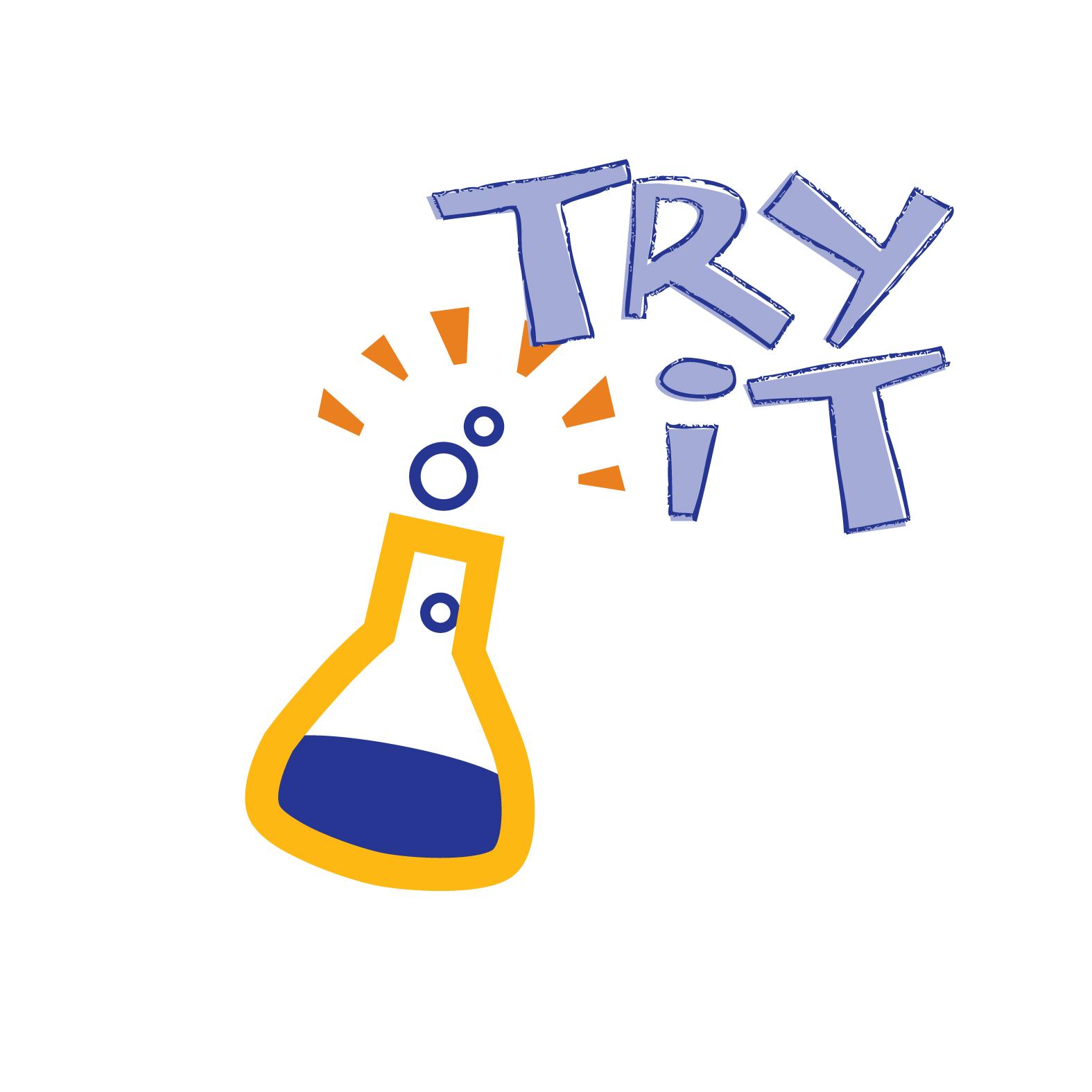
Now that you have created your prototype try it out.
- What are some things about your prototype that you like?
- What are some things you would want to make better?
- What types of materials would be needed to create a working prototypes of your idea?
- Who might you need to work with to create a finished version of your invention?
- How is your idea unique or different? (Even small changes can make your idea unique or different.)
- How could you change your invention so that people with different abilities or skill levels could use it?
Share your sketch and prototype with others. Ask them for their input about your idea.
- What did they like best about your invention?
- What did they think needed improving?
- What new ideas did you get by sharing your idea with them?
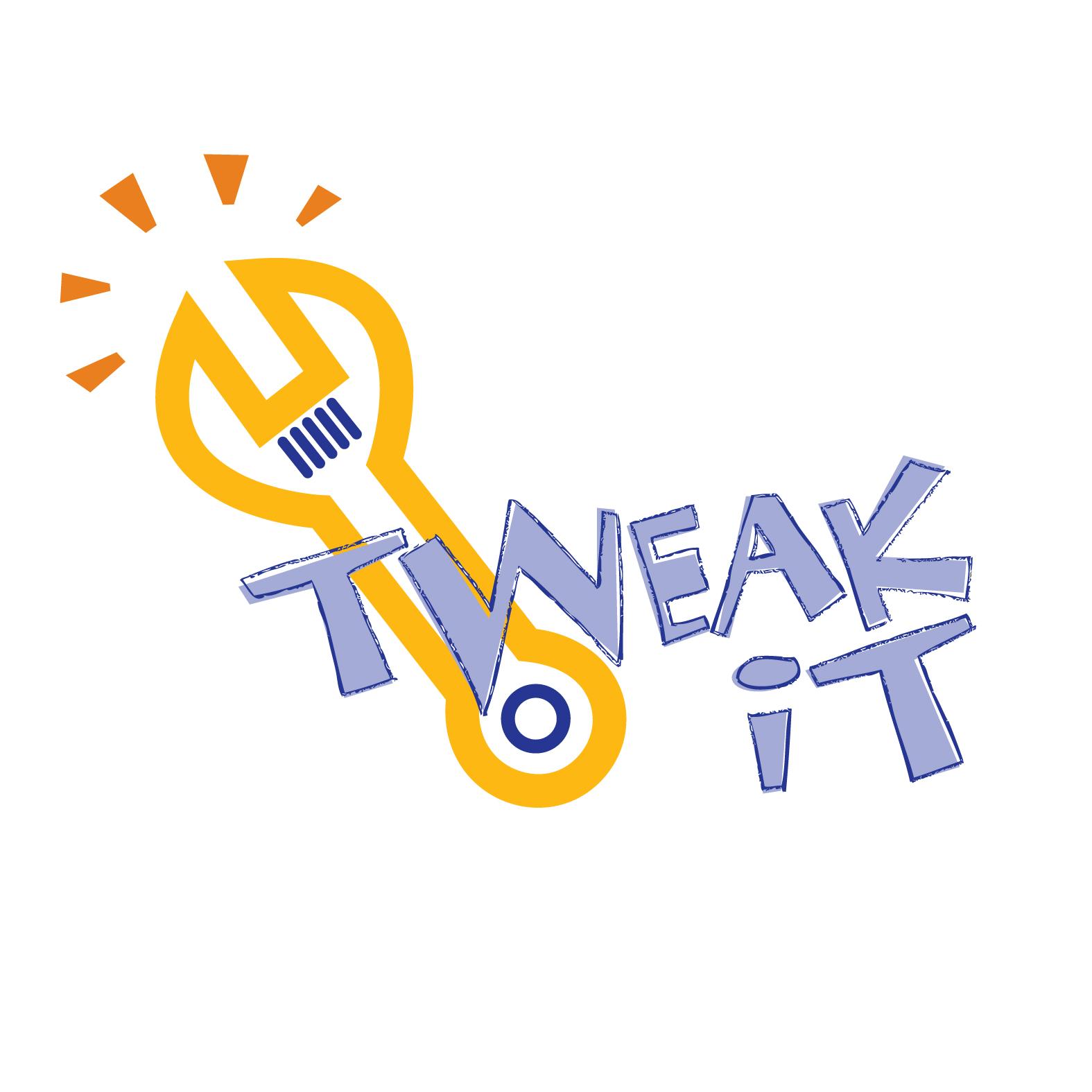
Now that you’ve sketched your idea, created your prototype, and shared your idea with others, it’s time to tweak your inventive ideas! Now is the time to ask yourself, "What changes can I make to improve my invention?”
Inventors typically don't succeed with an invention on the first try. Inventors make changes to their designs and prototypes to make them work better. Usually, they tweak their ideas many times before they are finished. Once tweaks are made, inventors test their inventions again. It can take many tries to make your ideas work or look the way you imagined they would.
Tweak your sketch and prototype so that it best fits your inventive ideas, meets the needs you hoped it would meet, and has a look you are pleased with.

Sharing your idea is not only about putting it up for sale. Sharing an idea often happens when you present your idea to others after you have made your final tweaks.
Tell us about your invention on social media!
- Who will use your invention?
- What makes your invention unique?
- How does your invention work?
Share your ideas with us on Instagram or Facebook @lemelsoncenter.